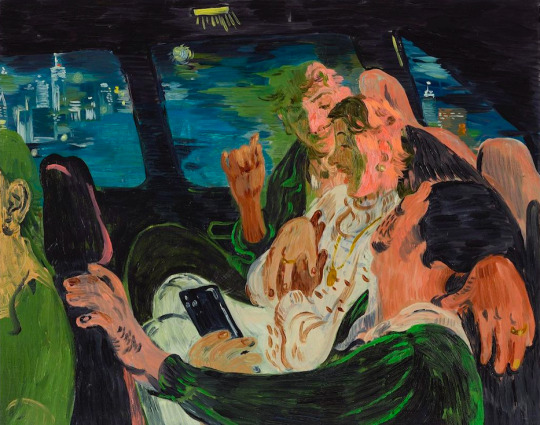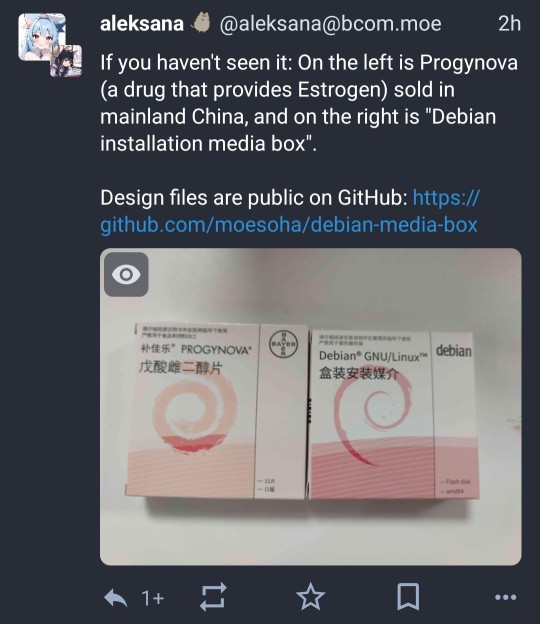Text
*flirting with an older man* when i was born you had already attempted suicide once
46K notes
·
View notes
Text

barbara kruger - untitled (your devotion has the look of a lunatic sport), 1981-1983
gelatin silver print
3K notes
·
View notes
Text

genuinely the funniest fucking thing ive seen all day
1K notes
·
View notes
Text
i am legitimately so frustrated by the stupid unfunny destiel confession news thing u losers r still doing. destiel “the us has bombed iran” do u ppl not understand how obnoxious this is? the bit has run its course and been unfunny for years now anyways but doing this shit is so fucking offensive and irreverent
#the original was funny bc serendipitous timing & who doesn't enjoy taking a shit on putin's lgbt ban#it hasn't been funny since#ive seen about 100 of these posts and zero destiel memes however. so.
7K notes
·
View notes
Photo

Salman Toor, Three Friends in a Cab, 16 x 20 inches, 2021
44K notes
·
View notes
Text
.
2 notes
·
View notes
Text
Having finished the Metamorphoses I must with great sadness report that I don't think Ovid had a transformation fetish I think it was purely a literary device for him
101 notes
·
View notes
Text
Postscript
by Seamus Heaney
And some time make the time to drive out west Into County Clare, along the Flaggy Shore, In September or October, when the wind And the light are working off each other So that the ocean on one side is wild With foam and glitter, and inland among stones The surface of a slate-grey lake is lit By the earthed lightning of a flock of swans, Their feathers roughed and ruffling, white on white, Their fully grown headstrong-looking heads Tucked or cresting or busy underwater. Useless to think you’ll park and capture it More thoroughly. You are neither here nor there, A hurry through which known and strange things pass As big soft buffetings come at the car sideways And catch the heart off guard and blow it open.
274 notes
·
View notes
Photo

Wake the fuck up, samurai, we have mephedrone to snort
1K notes
·
View notes







